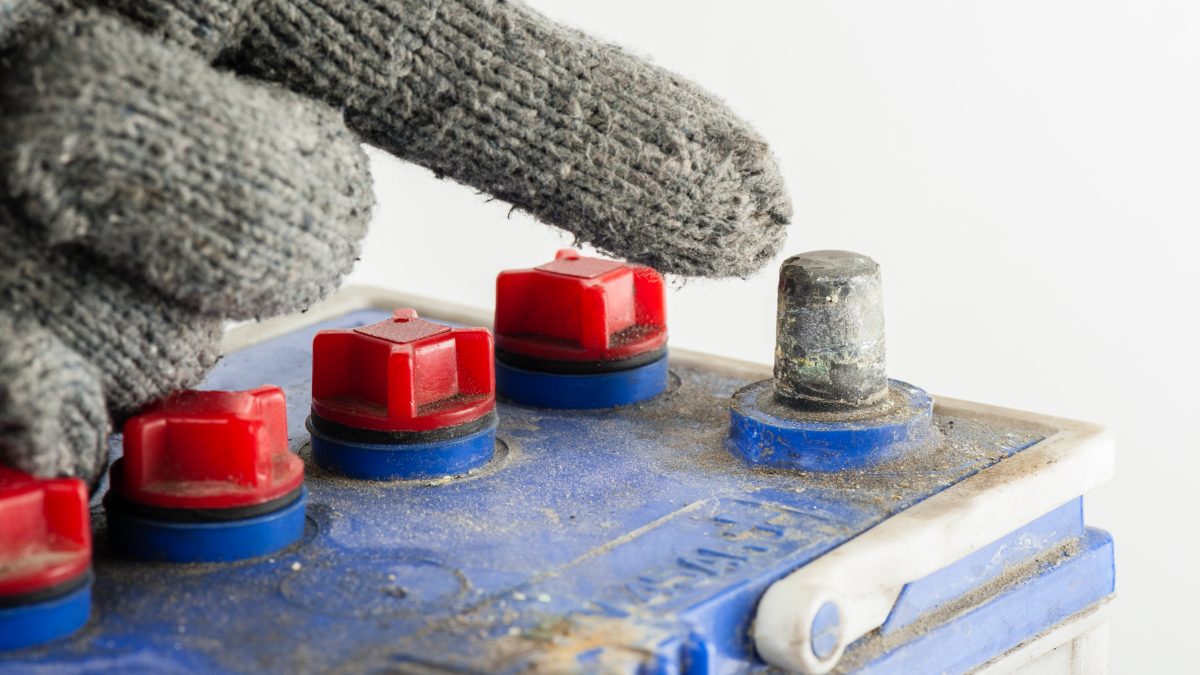How Can A Bad Battery Harm The Charging System?

How Overheating Harms Your Car Battery
July 30, 2020
10 Things You Need To Know Before Buying a Car Battery
July 30, 2020Let’s first take a look at the meaning of these terms: ‘battery’ and ‘charging system’. A car battery is an energy storage device that has been described, not unfairly, as “an electrochemical power source that is slow to fill, holds limited energy, runs for a time like a wind-up toy, and has a short life span of only a few hundred cycles before it becomes a nuisance.”
This says a lot about the current state of battery technology, although, to be fair, there has been progress with lithium-ion batteries in the computer industry and for the powering of electric cars. In the automotive industry, the traditional lead-acid battery hasn’t changed much in a century. This is why these batteries are sometimes referred to as SLI batteries:’starting-lights-ignition’, describing their primary functions. Lately, a new generation of AGM (absorbed glass mat) batteries has come on the market, more suited to the higher power demands of late-model high-tech vehicles.
The ‘charging system’ in a car essentially comprises the alternator. Without going into too much detail about the inner workings of the alternator, the alternator recharges the battery up to its operating capacity of 13–14 volts after the battery has provided the quick burst of power needed to start the engine, and the alternator then takes over the supply of electrical charge to the car components needing it: lights, sound system, a/c, and so on. In doing so, the alternator fulfills its dual purpose: refilling the battery and supplying power to the rest of the car.
When a car has a weak battery, the battery will gobble up all the current it can lay its hands on. This places undue strain on the alternator to keep supplying voltage to the battery long after its initial ‘top-up’. Most of the damage occurs at idle speed as the alternator tries to keep sending current through the rotor, brushes, and slip rings; these will overheat as the cooling fan sits idle, causing them to wear faster.
A battery with a short-circuit in it—possibly as a result of a loose plate touching another plate—will cause the alternator to keep running to supply the battery with current. Alternators are designed to taper off once the battery is replenished, so under these strenuous working conditions, the alternator will overheat and the rectifiers will fail. Hence, most electro-mechanics will vouch for the fact that a weak battery is often the root cause of alternator failure.
Most of these problems of ‘overwork’ are caused by excessive heat, damaging the insulation on the rotor windings, or overheating the grease in the bearings. The system design is for the alternator to charge the battery for about five minutes maximum and then drop to a charge rate of under 10% of its maximum rated power. Under the adverse battery conditions described above, the alternator will quite soon burn out and die.
The lesson is clear: replace your battery at the first signs of underperformance, or you could be in for a lot more than being stranded at the side of the road.
If you are experiencing issues with your car’s battery, it’s important to seek professional assistance as soon as possible. A weak or malfunctioning battery can cause a range of problems, from difficulty starting your car to total failure while driving. That’s where our car battery services come in.
At Onsite Battery, we offer a range of battery services, including testing, maintenance, and replacement. Our experienced technicians use state-of-the-art equipment and techniques to diagnose and repair battery issues quickly and efficiently. Call Now: +971 585667483



